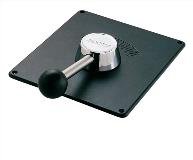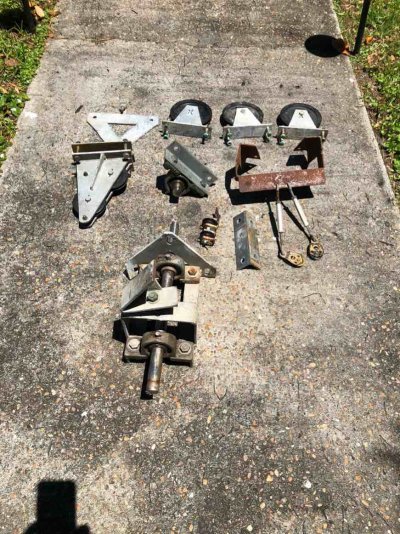averybill
Veteran Member
Good Afternoon all. Just got back from a visit with boat mechanic. We broke a large cable pulley a couple of weeks ago. After checking all pulleys at least one additional pulley bracket was corroded and needs to be replaced. We are having difficulties locating the pulley wheels and the bracket would need to be machined. The mechanic recommended switching to hydraulic steering. We were also in the process of installing a new autopilot. Any thoughts or experiences on converting to hydraulic? Thanks
Bill
Bill


